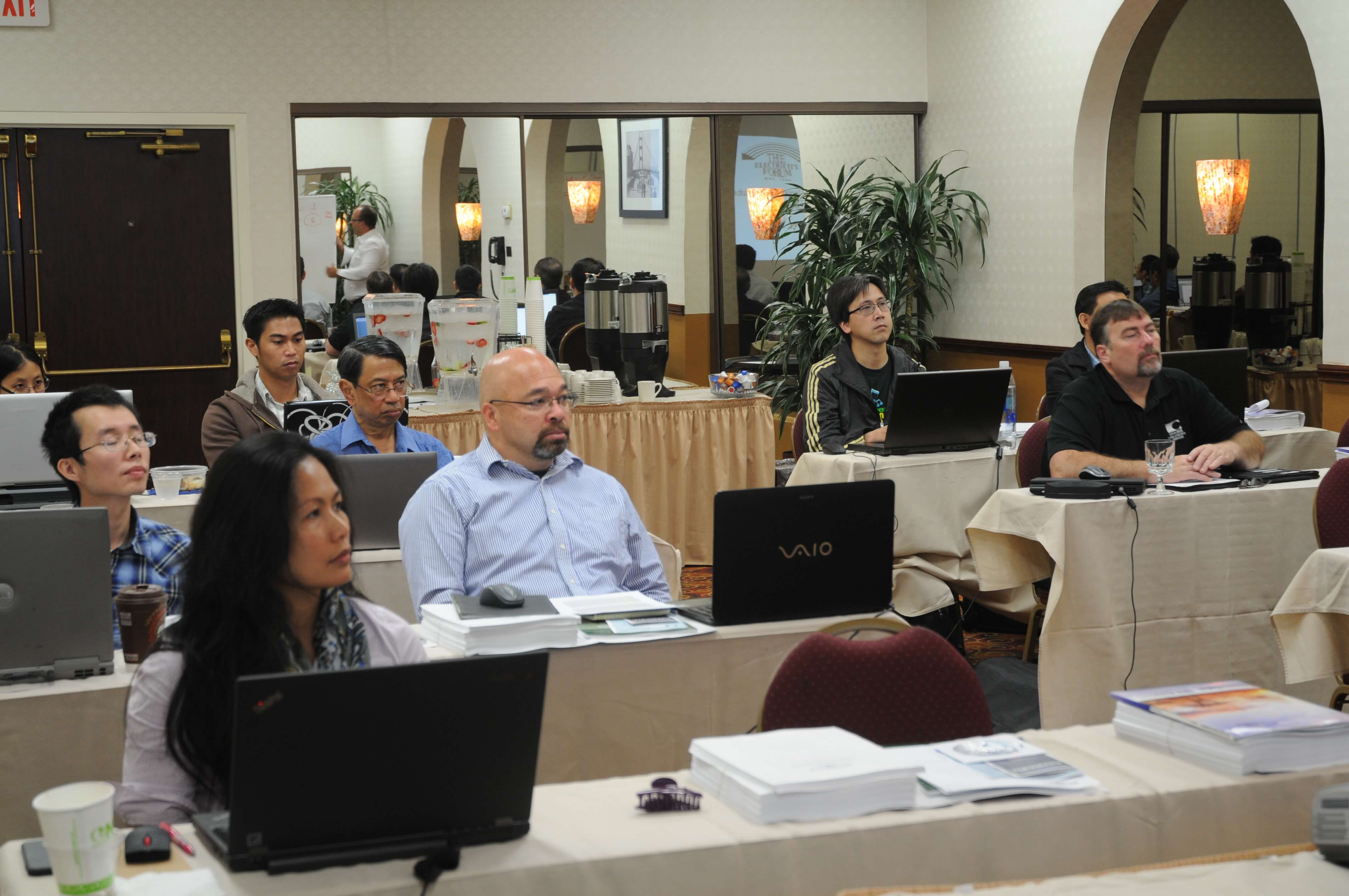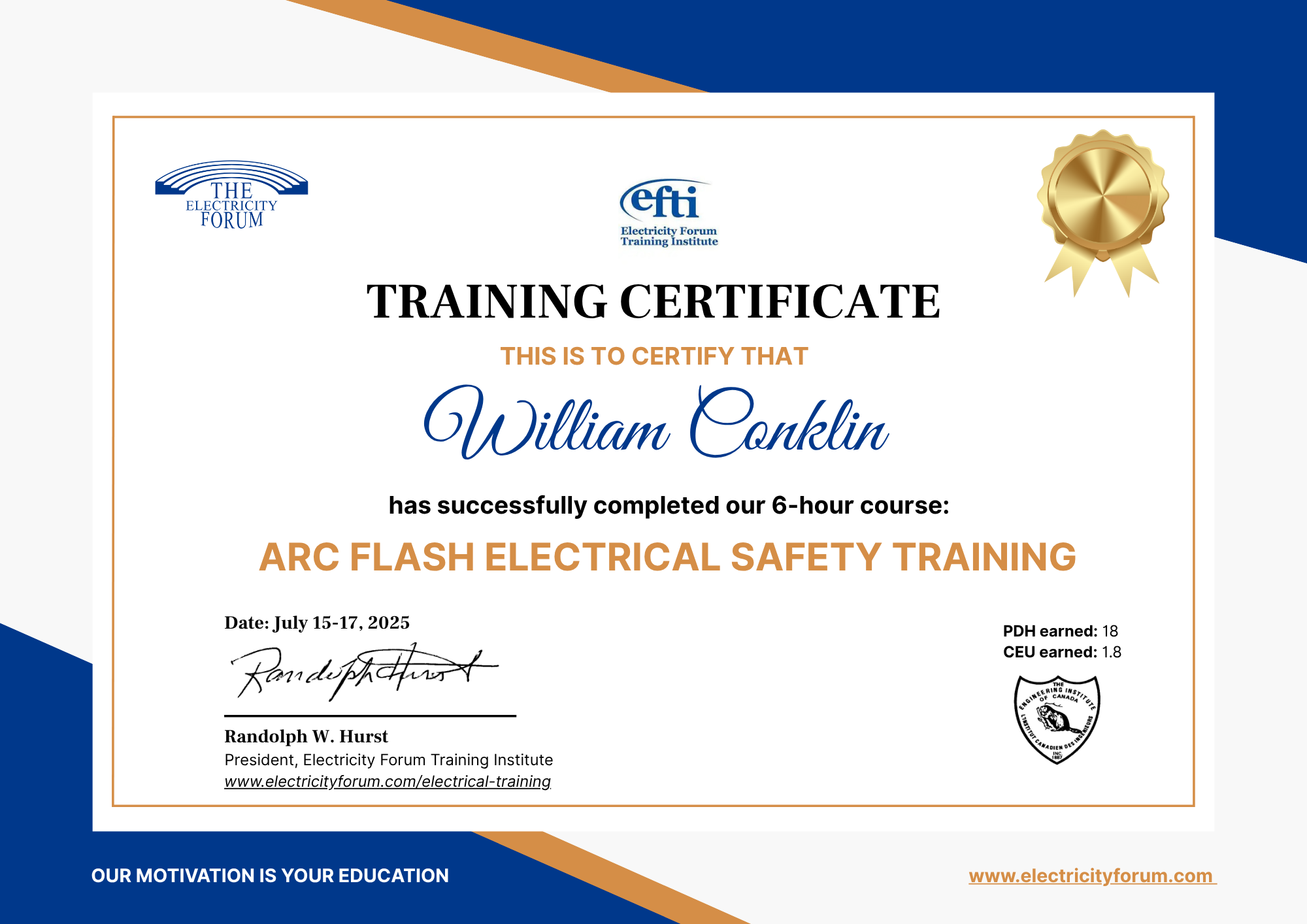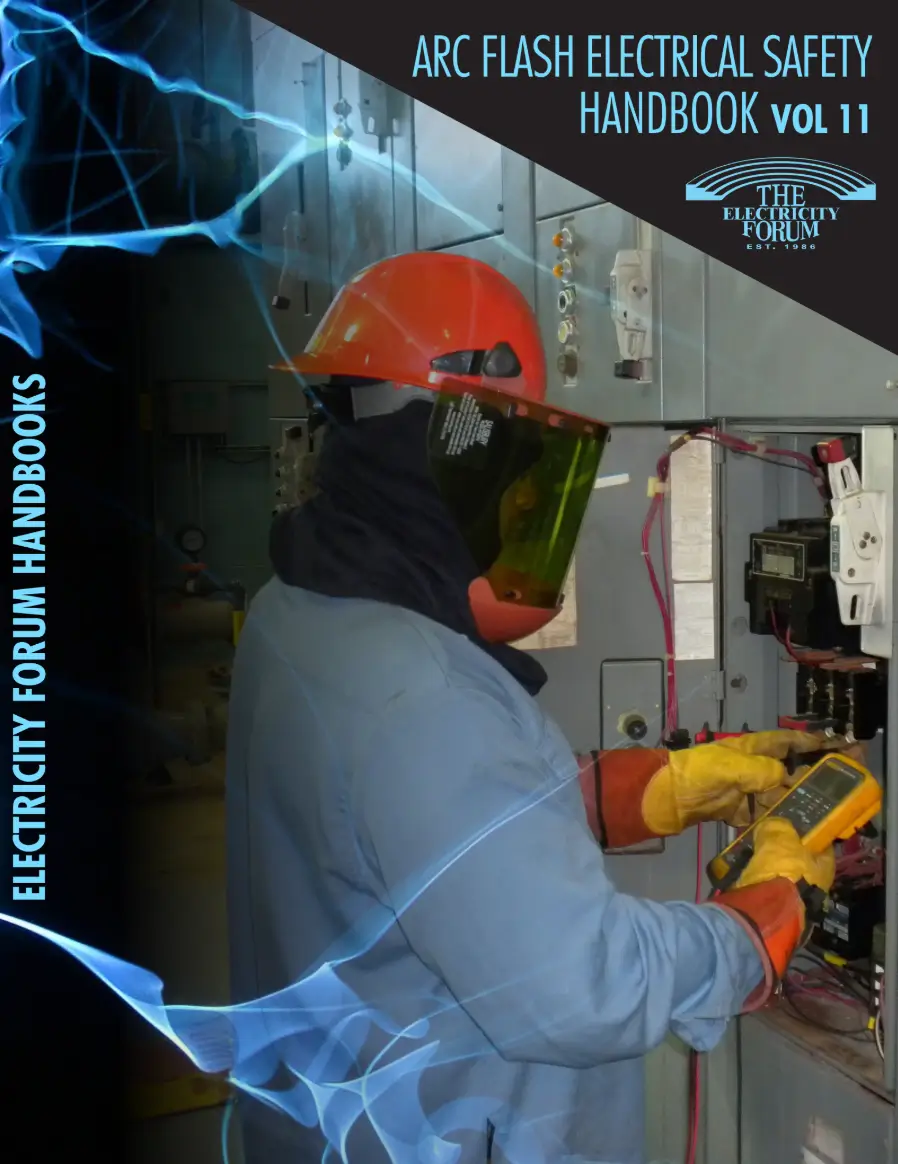Hazardous Locations Systems
SESSION 1: Principles of Hazardous Locations
a) History
b) Definition
c) Zones, Classifications/Divisions
d) Gases and Vapours
e) Dusts
SESSION 2: Applications
a) Legal responsibility
b) Applicable codes, available guides/handbooks
i) Canadian Electrical Code/national electric code
ii) American Petroleum Institute
iii) Energy Institute
iv) IEC
v) ANSI
vi) Standata
vii) Section 19
SESSION 3: Flameproof enclosures
a) History
b) Types of joints
c) Windows in enclosures
d) Special fasteners
e) Breathers and drains
f) Explosive fluid seals
g) Testing of the enclosure
SESSION 4: Flameproof installations
a) Conduit system
b) Cable systems
c) Flexible conduit
d) Flexible cords and cables
e) Factory sealed devices
f) maintenance
SESSION 5: Dust-Ignition proof enclosures
a) History
b) Dual-rated enclosures and requirements
c) Marking requirements
d) Conduit systems
e) Cable systems
f) maintenance
SESSION 6: Intrinsic Safety
a) History
b) Testing devices for intrinsic safety
c) Zener barriers
d) The entity concept
e) Control drawings
f) Wiring methods
g) Entity concept
SESSION 7: Purged and pressurized enclosures
a) Principle of operations
b) Pressuring by blower
c) Compressed air systems
d) Protective measures
e) Pressurised rooms
f) Static pressurization
g) Analyzer houses
h) Gas turbines
SESSION 8: Increased safety
a) Background
b) Principle of operations
c) Special provisions
d) Advantages
e) maintenance
SESSION 9: Combustible gas detection
a) History
b) Principle of operation
c) Testing procedures
d) Electromagnetic stability
e) Application
f) Installation
g) Calibration and maintenance

















